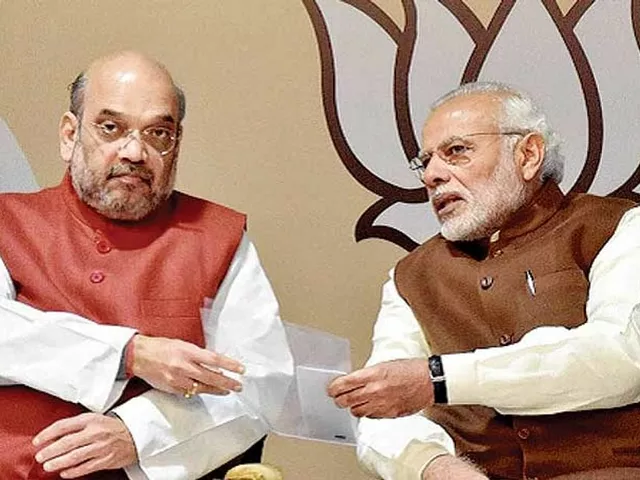Indian Diet: What Makes It Unique and How to Eat Healthily
When you think of Indian food, you probably picture spices, rice, and lots of vegetables. That picture isn’t wrong, but the real story is deeper. The Indian diet is a mix of regional staples, seasonal produce, and cooking methods that have been refined over centuries. Understanding the basics can help you keep the flavors you love while staying fit.
Core Foods in a Typical Indian Diet
Most Indian meals start with a grain. In the north you’ll see wheat as roti or naan, while the south favors rice or millet. Both provide steady energy, but the key is portion size. Pair the grain with a protein source—dal (lentils), beans, paneer, eggs, or fish. These plant‑based proteins are cheap, filling, and rich in fiber.
Vegetables are the next big player. Leafy greens like spinach, fenugreek, and mustard leaves bring iron and vitamins. Seasonal veggies such as okra, pumpkin, and cauliflower add variety without extra cost. Adding a small amount of healthy fat—like a drizzle of mustard oil or a spoonful of ghee—helps your body absorb those nutrients.
Spices aren’t just about taste; many have health perks. Turmeric fights inflammation, cumin aids digestion, and coriander supports blood sugar control. Using fresh ginger or garlic also boosts immunity. The trick is to use them wisely—no need to drown your dish in salt or extra sugar.
Simple Steps to Make Your Indian Meals Healthier
First, watch the oil. Traditional recipes often call for a lot of ghee or oil, which can add unnecessary calories. Try sautéing with a non‑stick pan and using just a teaspoon of oil, or swap some oil for water or broth when cooking dal.
Second, go easy on refined carbs. If you love white rice, try mixing half the portion with brown rice, quinoa, or broken wheat (dalia). The extra fiber keeps you full longer and steadies blood sugar.
Third, add protein to every plate. A small bowl of chickpeas, a few pieces of grilled fish, or a scoop of cottage cheese can balance the meal and prevent cravings later.
Fourth, control portion sizes. A typical Indian thali looks impressive, but it can hide extra calories. Fill half your plate with vegetables, a quarter with grain, and the rest with protein and a small amount of healthy fat.
Finally, keep snacks smart. Instead of deep‑fried samosas, reach for roasted chana, fruit, or a handful of nuts. These options give you energy without the crash that comes from fried foods.
Modern Indians are also experimenting with global trends—like swapping regular rice for cauliflower rice or using almond flour for rotis. These swaps keep meals exciting and can lower calorie intake without sacrificing taste.
In short, the Indian diet offers a solid foundation for a healthy lifestyle. By choosing whole grains, plenty of veggies, balanced protein, and mindful use of oil and spices, you can enjoy the flavors you love while staying fit. Give one or two of these tweaks a try today and notice the difference in energy and well‑being.
Arvind Chatterjee, Mar, 29 2023
What is the best Indian diet for weight loss?
The best Indian diet for weight loss is a plant-based diet that focuses on fresh, whole foods. This diet includes plenty of fruits and vegetables, whole grains, legumes, nuts, seeds, and healthy fats, while limiting processed and refined foods. Eating small, frequent meals and avoiding calorie-dense foods can help you reach your weight loss goals. Additionally, incorporating physical activity into your daily routine and drinking plenty of water can help support your weight loss journey. By following a balanced diet and lifestyle, you can reach your weight loss goals while still enjoying the traditional flavors of Indian cuisine.
View More



